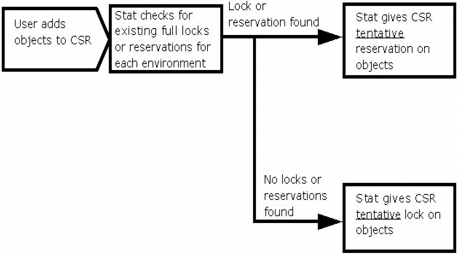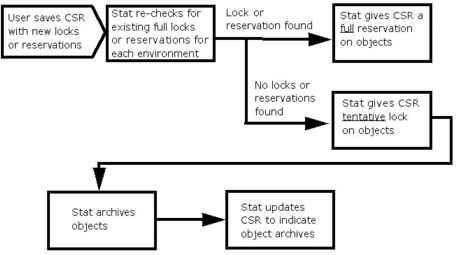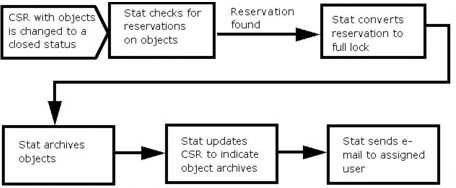Schema Objects
Quest® Stat® supports locking, archiving, and migrating schema object definitions on Oracle® databases and on Microsoft® SQL Server® 2005/2008.
|
• |
|
• |
|
• |
|
• |
|
• |
|
• |
|
• |
|
• |
|
• |
|
• |
|
• |
|
• |
|
• |
Object Locking and Reservations (Generic Applications)
Object locking is an important part of any change management practice since it coordinates all of the efforts of developers and prevents work from being overwritten. Stat supports logical locking of data objects and file objects in the Quest® Stat® Repository, which means that the lock shows up in the Stat application, but developers can still go directly into their application environments and make changes to the object even if the lock on the object isn’t theirs. As long as the developers use a CSR to modify objects, the coordination of development is maintained.
Understanding Object Reservations and Locks
All objects can be logically locked in the Stat Repository, but only by one user at a time.



